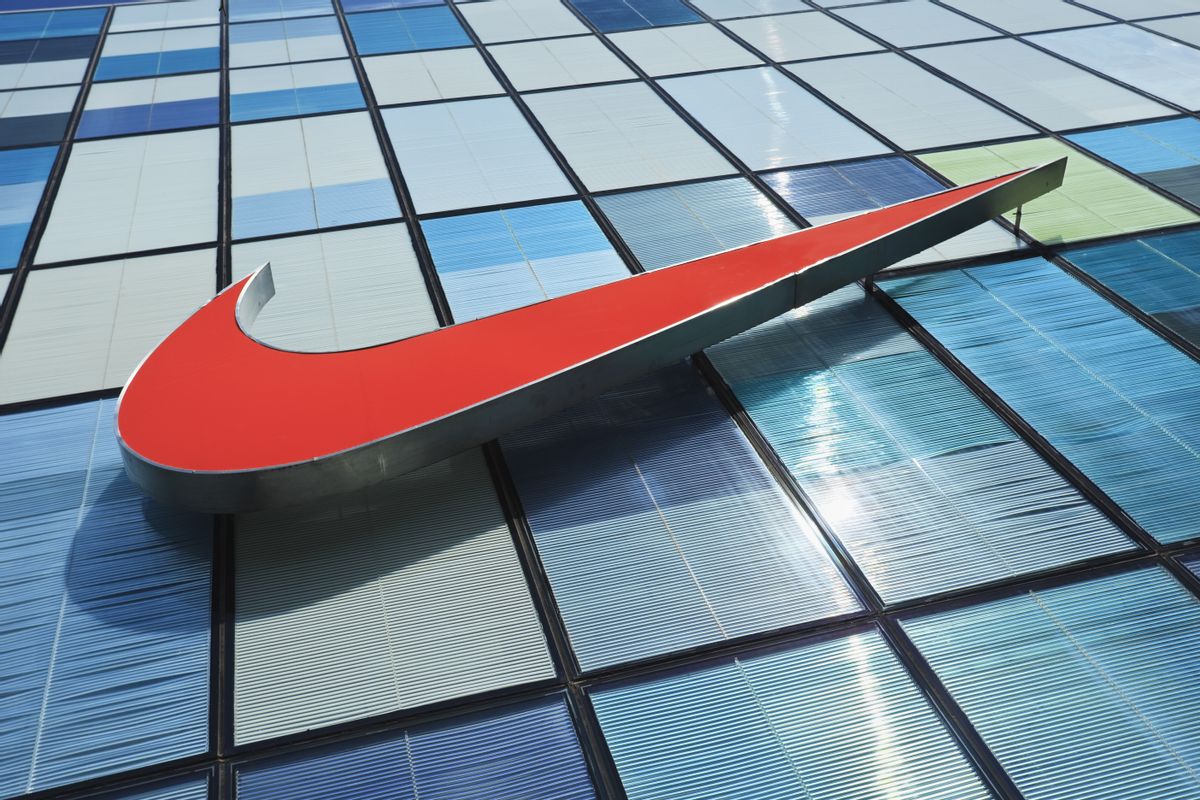Nike’s motto is “Just Do It” and they seem to have taken it to heart with a new concept store recently completed in Shanghai, China. With a name like X158 Hyper Nature, I expected something pretty extreme, and Nike didn’t disappoint: the company commissioned Taiwanese firm Miniwiz Sustainable Development Ltd. to build the entire interior of the retail shop from trash.
Apparently, Nike wanted a cutting-edge store that could be adapted for different exhibitions and retail programs over time. The result is a modular design built using materials recycled from consumer lifestyle trash. Although the walls and floors are concrete, the store is completely devoid of glue, ensuring that all components can be re-recycled at the end of their life cycle.
If the scope of this project seems a little incredible, rest assured that Miniwiz is well versed in the art of creating modern architecture from trash. In 2010, Miniwiz completed the EcoARK, a building many call the world’s largest building built out of plastic bottles — approximately 1.5 million of them.
For the Nike X-158 Hyper Nature, they expanded the palette of recycled materials ever so slightly. Within the store, customers will be treated to shelving, ceiling panels, and other decor created from thousands of soda cans, PET water bottles and old CDs and DVDs.
“One thousand translucent origami RiceFOLD ceiling panels are made from 50,000 recycled DVDs from greater China, reinforced with Rice Husk SiO2 (natural organic mechanical strengthening additive),” reports Environmental Leader. “The 2,000 yards of tension cables are made from 2,000 post-consumer recycled water bottles from greater China, also reinforced with Rice Husk SiO2. The 1,000 connection joints are made from 5,278 aluminum cans from greater China.”
Because all of these upcycled elements were mechanically-engineered without the use of chemical adhesives, they can be easily broken down for repurposing or recycling later.

Shares